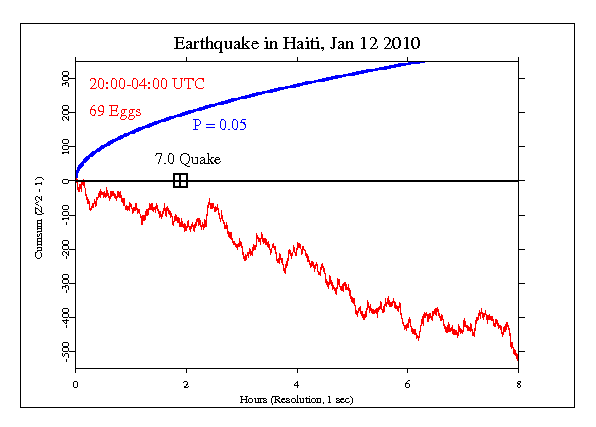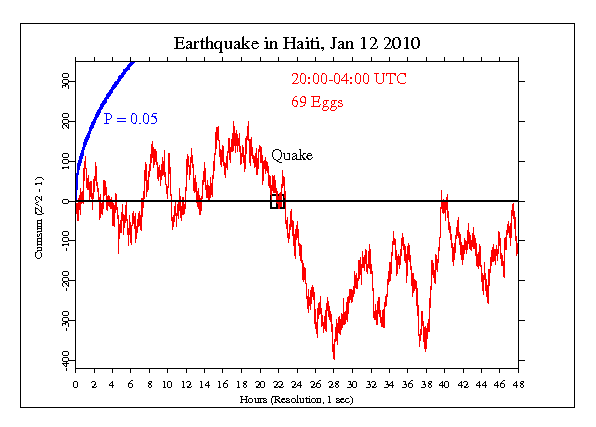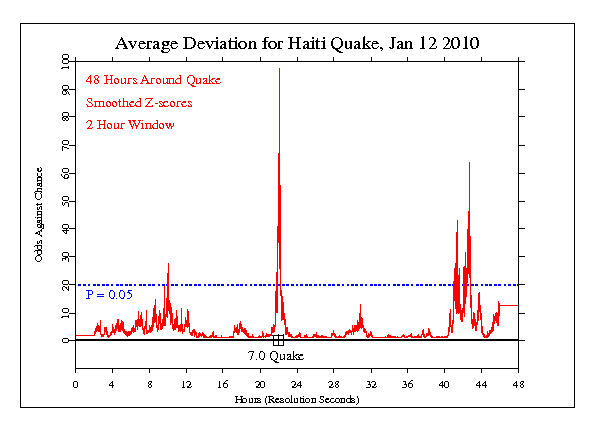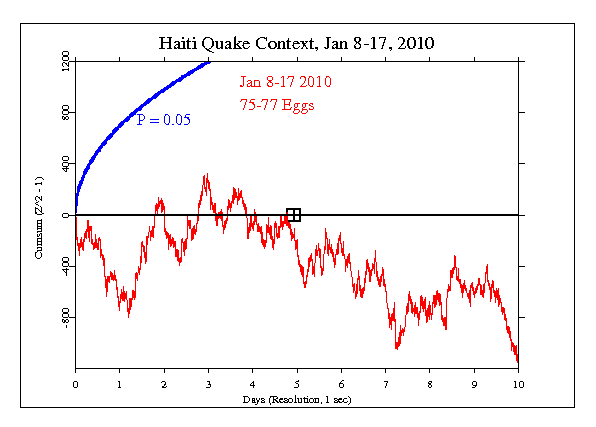|
From msnbc.com and NBC News
PORT-AU-PRINCE, Haiti - A powerful earthquake hit the
impoverished country of Haiti on Tuesday, collapsing the
presidential palace and numerous other critical government
buildings and raising fears of substantial casualties in
what a witness called "a major, major disaster."
The earthquake had a magnitude of 7.0 and was centered about
10 miles west of the capital, Port-au-Prince, according to
the U.S. Geological Survey. It was followed by at least
eight powerful aftershocks of magnitude 5.0 or greater, the
USGS reported.
"People are out in the streets, crying, screaming,
shouting," Karel Zelenka, director of the Catholic Relief
Services office in Haiti told The Washington Post. "They see
the extent of the damage," he said, but can do little to
rescue people.
From the Globe and Mail Wednesday morning
One of the most powerful earthquakes to ever hit the region
slammed impoverished Haiti, leaving the nation in chaos and
the global community scrambling to assess the damage and
bring aid.
Cinderblock slums collapsed in cascading layers of concrete
and dust, government buildings were reduced to rubble and
panicked crowds were left trapped, homeless or in the dark
as night fell in areas with few emergency resources.
The 7.0 earthquake hit about 16 kilometres southwest of the
densely populated capital Port-au-Prince in the late
afternoon. Powerful aftershocks continued into the early
hours of Wednesday morning, creating confusion on the ground
and internationally as power and communication signals were
knocked out across the country.
Reports said thousands were feared dead but it was
impossible to assess the extensive damage. Reports came in
that among the many buildings that came crashing to the
ground, including a hospital in nearby Pétionville that
trapped people, screaming, beneath.
The International Federation of the Red Cross estimated that
up to three million people have been affected by the
powerful earthquake. Spokesman Paul Conneally told The
Associated Press on Wednesday that it would take 24-48 hours
before a clear picture emerges of the scale of the
destruction.
The official geological agencies provided the details:
Tuesday, January 12, 2010 at 21:53:09 UTC
Tuesday, January 12, 2010 at 04:53:09 PM at epicenter
Location 18.451 N, 72.4 W
Depth 10 km (6.2 miles) set by location program
Region HAITI REGION
Distances 15 km (10 miles) SW of PORT-AU-PRINCE, Haiti
The GCP event was set for an 8 hour period beginning at
20:00 UTC, a little less than 2 hours befor the 7.0 temblor.
The result is Chisquare 28307.741 on 28800 df, with p =
0.980 and Z = -2.060.

By the end of Jan 13, a day after the quake, it is still
chaotic. The damage is immense, and by now there are some
rough guesses being made about the loss of life, with
suggestions of many 10's of thousands, possibly more than
100,000 people dead.
Our formal prediction includes 8 hours of time, in keeping
with the majority of previous earthquake events, but given
the magnitude of the event, it seems worthwhile to look at
the context. In the next figure, 48 hours are shown, with
the main temblor near the middle. The early part is shown in
response to requests relating to unsettled feelings
interpreted as possibly precognitive. As it happens, this
part shows normal looking variation. This is the case also
in the last part of the figure, which shows the 13th (UTC
time) when the extent of the disaster was becoming more
clear.

We take a different view of the data around the quake, plotting
the average deviation
of the eggs over time. The next figure shows the smoothed average
(using a 2 hour window). The data show a large spike at the time of the
main temblor. It has odds of about 100 to 1, assuming all parameters
were prespecified. This is an exploratory analysis, so should not be
interpreted as definitive, but the spike does have exquisite timing.

To provide longer context, pursuant to a suggestion by Dick
Bierman, we look at 9 days, with the quake approximately
centered. Bierman's CIRT model postulates time symmetry
following the implications of mathematical physics in which
the past and future are equally represented. Thus we might predict the
anomalous structure in GCP data to show symmetry around the
nominal event. The quake's main temblor is marked. (The
current database includes several eggs that had not
reported data at the time of the original analysis.)

It is important to keep in mind that we have only a tiny
statistical
effect, so that it is always hard to distinguish signal from
noise. This means that every "success" might be largely
driven by chance, and every "null" might include a real
signal overwhelmed by noise. In the long run, a real effect
can
be identified only by patiently accumulating replications of
similar analyses.
|